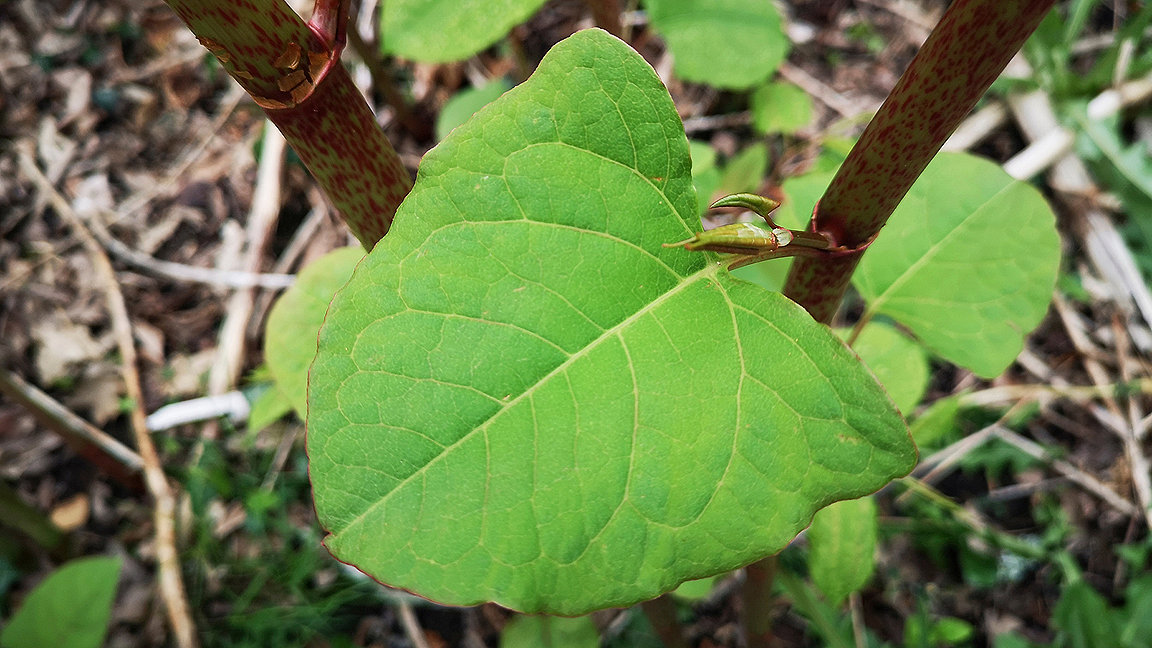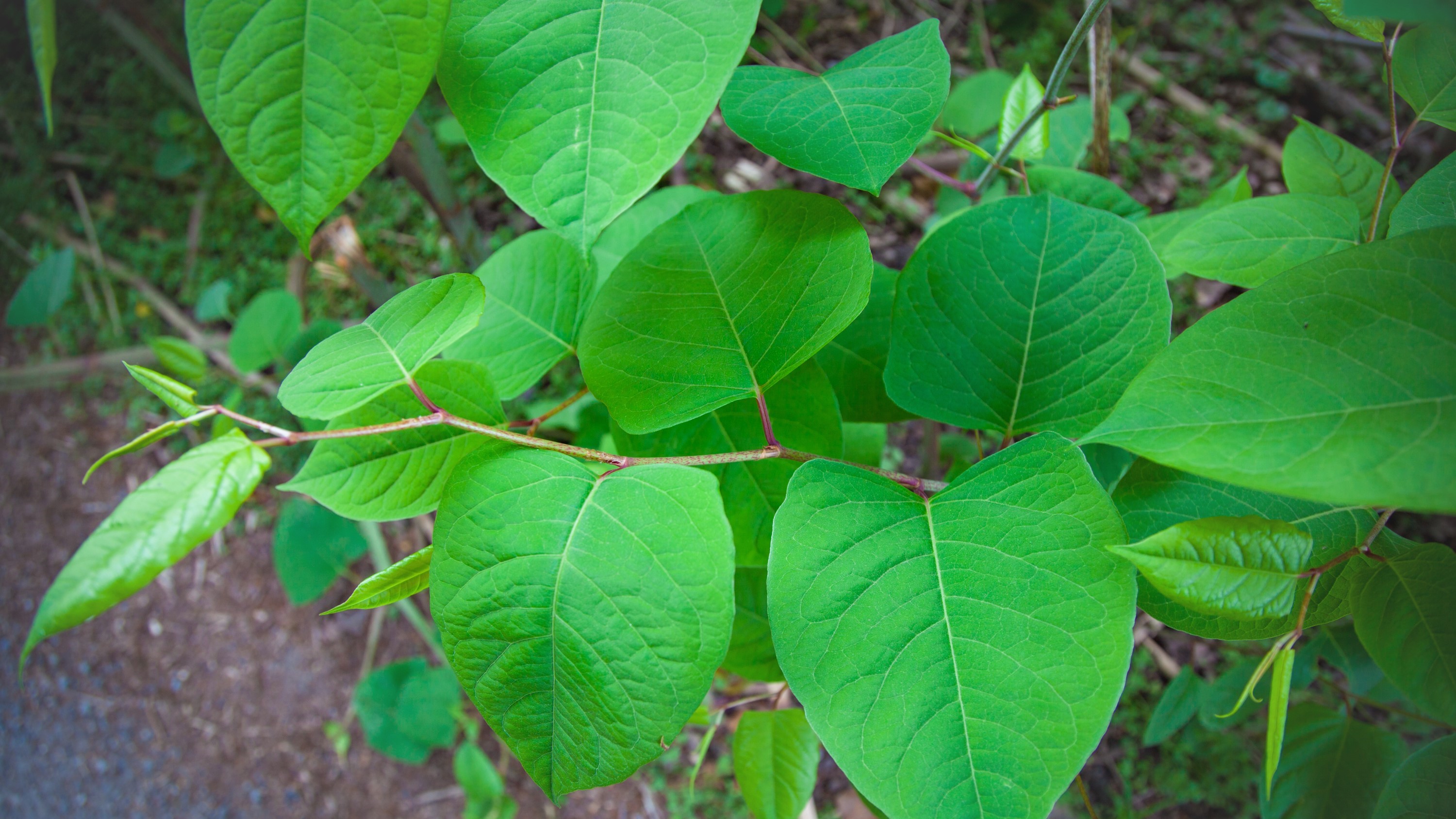
As a relatively new area of litigation, there isn't yet much case law about the adverse impacts of Japanese knotweed on property. However, the high volume of claims in the past few years has helped the UK courts learn how these can be better managed and heard.
Although knotweed was introduced to Britain in the 19th century, it wasn't until the Wildlife and Countryside Act 1981 that it became an offence to cause the plant to grow in the wild.
Even that didn't have much impact until the late 1990s, when the contaminated land regime – following requirements under Part 2A of the Environmental Protection Act 1990 – caused knotweed to be considered a ground contaminant that required remediation.
Subsequently, property surveyors were minded to look out for the plant. However, without a system for understanding and managing the risk, lenders were spooked and refused to finance knotweed-affected property.
To mitigate this, RICS published an information paper in 2012 that meant members quickly identified knotweed on more properties. However, rather than reassuring the market that the risks posed by knotweed are typically manageable, the rapid increase in awareness led to several flame-fanning media reports that only increased knotweed fears.
Distinguishing real risks from scaremongering
It is often reported that knotweed can grow through concrete and cause substantial damage to built structures and surfaces.
However, while damage can occasionally be caused, many other vigorous plants – particularly fast-growing woody shrubs and trees such as buddleia and willow – will often cause similar damage to buildings and drains if their roots grow into them.
In an attempt to restore some balance to the perception of knotweed, researchers from AECOM and the University of Leeds surveyed Property Care Association and RICS members and published their findings in a 2018 academic paper.
Their research showed that knotweed rarely causes the damage attributed to it, and that its creeping underground stems (called rhizomes) do not usually extend more than a few metres in the ground.
This was in contrast to the seven metres previously derived from Environment Agency guidance as a zone of risk around standing stems of knotweed.
So if knotweed is less damaging than some other trees and woody shrubs, why has it become such a pariah?
Part of the reason is that eradicating knotweed is particularly problematic. It can take years of applications of herbicide to control it effectively. On top of this, such treatment can cause rhizomes deep in the ground to become dormant for around 20 years, but they can be awoken if the ground is disturbed by future building or landscaping works.
The only reliable way to eradicate the plant quickly and effectively is to dig it up completely, although that can result in huge volumes of waste that attract high landfill charges.
However, probably of greater impact than the difficulty and cost of treatment is the blight that knotweed has on property value.
Because the perception of the risk is often much greater than the actual damage being done, the impact on purchase decisions can be huge. This makes knotweed-affected property much less attractive, resulting in clear diminution in value.
Appeal case prompts wave of claims
As knotweed is a relatively new property litigation issue, the legal landscape is still developing. Most claims in the UK are settled before action in the county courts, which means they are not widely reported and written judgments are seldom handed down.
However, Network Rail Infrastructure Ltd v Williams & Anor [2018] EWCA Civ 1514, where two owners of adjoining cottages were affected by dense and long-standing knotweed on a nearby railway embankment, reached the Court of Appeal.
The court's decision established that knotweed poses an actionable nuisance if it is found to have encroached from one property to another. It also established that knotweed diminishes property value.
The Network Rail decision opened the floodgates for claims against practically anyone who owns, buys or sells property. This includes vendors, who might not have known their properties were affected by knotweed or who misrepresented its presence, as well as RICS valuers, who might have been negligent in not spotting knotweed when they surveyed a property.
It is therefore not surprising that a knotweed litigation industry has emerged. A quick internet search reveals a plethora of firms that will handle your knotweed claim on a 'no-win, no-fee' basis. It has been reported that some claimants only knew they could benefit from legal action when a knotweed claims firm knocked on their door.
It's perhaps inevitable that this opportunistic scrabble has resulted in numerous claims that were of questionable quality. However, the courts do seem to be wising up to this, and more robust defences are being heard.
Two recent examples where claimants lost their cases in the face of robust defences, and which were widely reported in the press, are Clarke v Abbasi [2022] and Ishmael v Clark [2022].
'Most claims in the UK are settled before action in the county courts, which means they are not widely reported and written judgments are seldom handed down'
Recent precedents favour claimants
With the evolution of better-quality claims and more robust defences, it was simply a matter of time before another case reached the Court of Appeal. The latest example is the decision in Davies v Bridgend County Borough Council [2023] EWCA Civ 80.
An initial judgment, and failed subsequent appeal, found that the council was not liable for the damage caused by knotweed encroaching from its land on to that of an adjacent residential property.
The initial appeal decision was successfully challenged in the latest appeal, however, to the benefit of the claimant. The decision set some important precedents.
The first is on the issue of causation. The council had argued that if knotweed had encroached well before it knew the plant posed a significant property risk, then it couldn't have caused that risk.
In the earlier Network Rail decision, this date of 'constructive knowledge' (i.e. the date when the council ought to have known that knotweed posed a property risk) had been established as 2012, the year the RICS information paper was published.
The failure of this argument in the latest appeal means that any claims where knotweed encroached before this date are now much more likely to succeed.
The second precedent is that, although diminution in property value caused by knotweed was argued by the council as being an issue of pure economic loss that cannot be claimed as part of a nuisance claim, the appeal decision establishes that it can.
The failure of this latest appeal means that claimants' lawyers now have two significant precedents to bolster their clients' cases.
New RICS standard to inform members' advice
The RICS Japanese knotweed and residential property professional standard replaces its 2012 information paper.
This new professional standard applies the findings of recent research and industry experience to provide RICS surveyors with a better understanding of the risks posed by knotweed.
A key change from the earlier information paper is that property risks are now categorised on the basis of management options, rather than on knotweed's potential impact.
Also, the seven-metre rule is gone, which was used to determine a radius of risk where knotweed rhizomes might be present in the ground, beyond the aboveground stems – research now indicates that a three-metre rule is more reasonable.
Surveyors' diligence can reduce risk of claims
Having a robust claim is one thing, but it can be quite another to expect full and timely damages to be paid out at the end.
Professional negligence claims against surveyors and other property professionals are seen by claims firms as being much less risky prospects than claims against residential property owners.
This is because a negligent surveyor's professional indemnity insurance provider is more likely to pay out in the event of a successful claim than an average homeowner.
With this in mind, what can RICS members do to protect themselves from claims of negligence related to knotweed?
First and foremost, they should make sure they are conversant with the latest RICS guidance on knotweed and property risks, and that they know what knotweed looks like at different times of the year and following treatment with herbicides. This should focus their efforts on noticing the plant when they carry out their surveys.
The next most important thing is that they collect sufficient information from their surveys to provide evidence of what they saw, in case a claim of negligence is made against them. Perhaps the easiest way to collect this information is by taking photographs, ensuring that enough views are recorded, at sufficient resolution and clarity, of all outside areas where knotweed could have been lurking.
If the evidence shows that it was reasonable for a surveyor not to have noticed knotweed – for instance because it was obscured by buildings, rubble or perhaps a layer of snow – then it is much less likely that a negligence claim against them will succeed.
If surveyors spot something during their surveys that they think might be knotweed but they are not sure, then they should take photographs and seek help from an appropriate professional to review them later.
A number of knotweed companies will happily review surveyors' photographs and confirm whether or not any knotweed might be visible in them.
'Professional negligence claims against surveyors and other property professionals are seen by claims firms as being much less risky prospects than claims against residential property owners'

